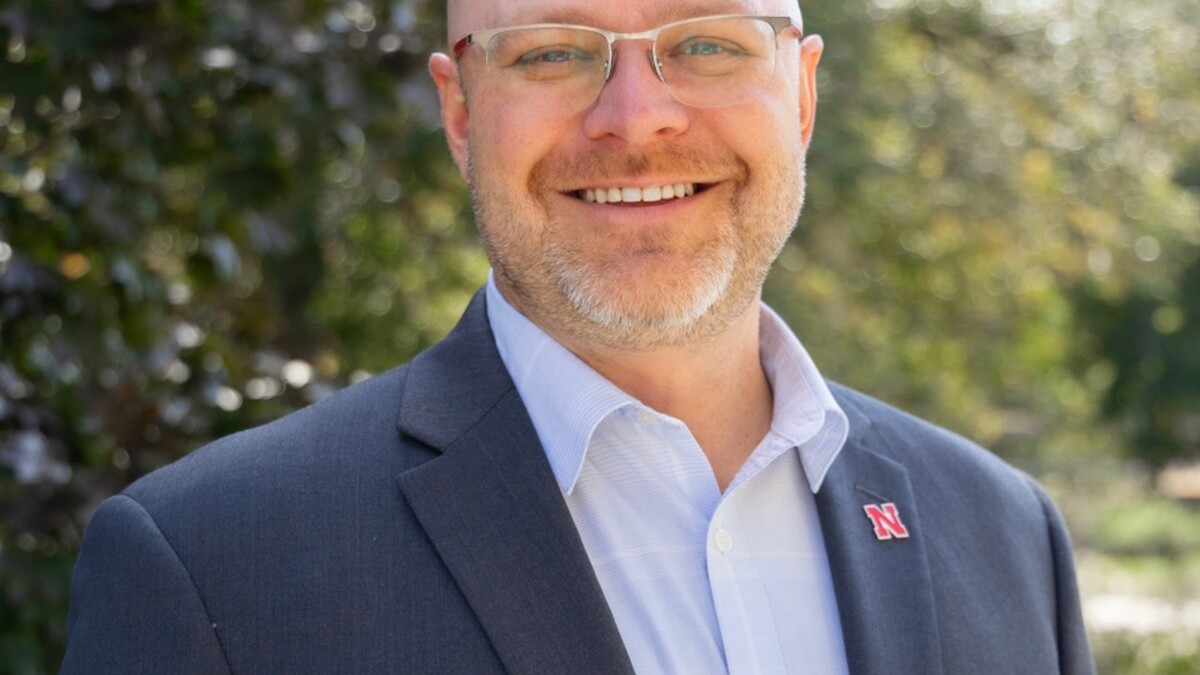
Lincoln, Neb. —Two researchers affiliated with the National Drought Mitigation Center at the University of Nebraska–Lincoln are part of a multidisciplinary, multi-institutional team that has received significant funding from the National Science Foundation for a project predicting the effect of climate extremes on the food system. Understanding the vulnerability of food systems to climate shocks like drought is an important step to increasing the resilience of communities and agricultural operations to those shocks.
The team is one of 16 selected for Phase 1 of the NSF Convergence Accelerator program’s Track J: Food and Nutrition Security, an $11 million investment by the NSF into applied research and technology development to advance solutions aligned to this focus.
Led by Kathy Baylis at the University of California, Santa Barbara, other team members come from Baylor University, the University of Illinois, Tufts University and the University of Texas. The researchers will work with a range of nongovernmental organizations and nonprofit organizations on the ground in both the United States and Kenya.
Mike Hayes, a professor in the School of Natural Resources at Nebraska and former director of the National Drought Mitigation Center, is one of the researchers involved.
“This project allows us to come together and combine the strengths that all the people involved have,” Hayes said of the team’s diverse disciplinary makeup, with members coming from economics, engineering, geography, hydrology and sociology.
Hayes’ expertise is in climate science. His role in the project, he said, is to apply new developments in climate science to the challenge of food security and translate the vast amount of climate data that’s out there into something useful and usable for decision-makers. “They’re really emphasizing the broader impacts, rather than just basic research,” he said of the accelerator program’s focus on applied solutions.
“All of the projects are challenged to be user-inspired, user-informed,” said Tonya Haigh, research assistant professor at Nebraska who is also involved with the project. Haigh, who leads the drought center’s social science program, is interested in user interaction. Her role in the project is to better understand what new information on-the-ground partners — whether that’s a food bank, a farm or an international agency — need to make more informed decisions about food production and distribution.
Beyond disciplinary expertise, the National Drought Mitigation Center researchers are contributing to the project their deep well of connections with agricultural stakeholders and information users across the Southern Plains and Southwest. Haigh and Hayes, for example, both point to the U.S. Department of Agriculture Regional Climate Hubs as a potential project collaborator with which the team might connect. The Climate Hubs are a longtime partner of the drought center and work right at that intersection of science and agricultural decision-making on which this project is focused.
Using the drought center’s existing relationships in the region, the project team can begin to test how climate outlooks can inform agricultural and food decision-making. From there, they can take those strategies to Kenya where other project team members have their own longstanding relationships.
In the first phase of the accelerator program, the team will develop an initial proof of concept and engage with the other 15 teams in hands-on learning around human-centered design, use-inspired research and communications. At the end of Phase 1 in August, each team will submit a formal proposal to try to secure $5 million of additional support to further develop their solutions in Phase 2.
“New technologies could play an important role in ensuring that individuals have access to food and water in the coming decades,” said Erwin Gianchandani, NSF assistant director for technology, innovation and partnerships, about the new accelerator program initiative. “Through transdisciplinary, use-inspired and translational research, the projects in which we are investing today have the potential to help the most vulnerable Americans, not to mention billions of people worldwide.”







